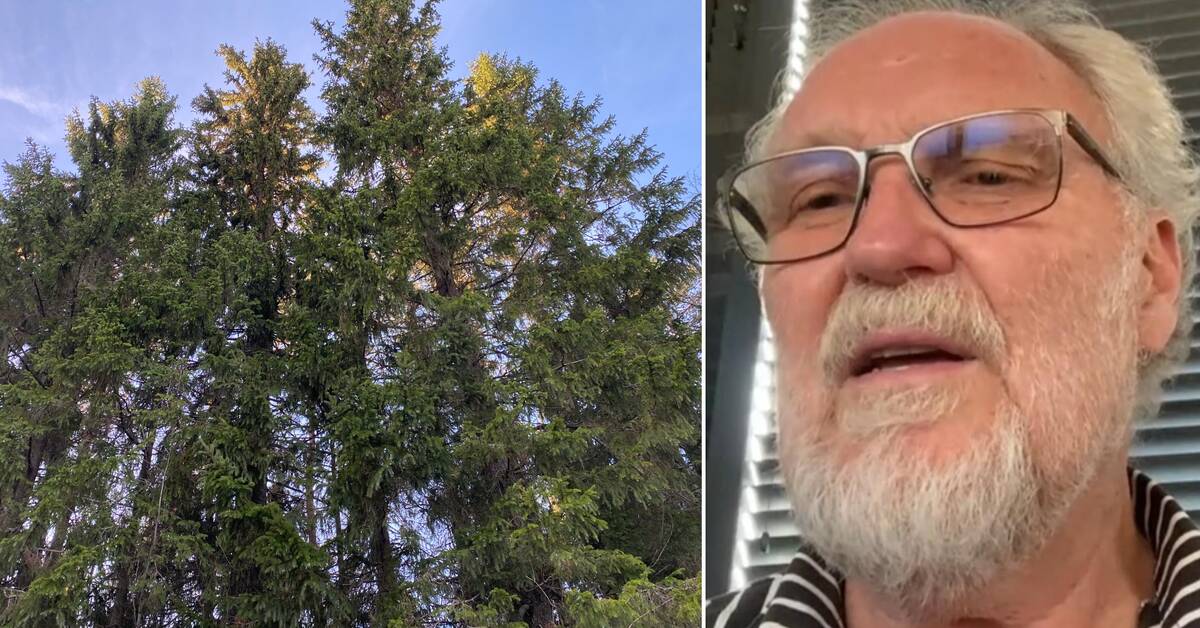In the last 20 years, consideration for nature has increased in forestry and more forests have been protected through, for example, the formation of reserves.
At the same time, forestry has been intensified with the production of timber and forest raw materials, and natural forests have been converted into production forests or tree plantations.
- The net between these two processes is positive for production but negative for biological diversity and "green infrastructure" that pine forest species and spruce forest species need, says forestry professor Per Angelstam at SLU.
Natural forest becomes tree plantations
Green infrastructure refers to networks of habitats that are needed for endangered species to survive.
The opportunities for endangered species to survive decreased by 15-41 percent in old pine forests and by 15-88 percent in old spruce forests in the county, according to the report "Sustainable use of the forest" by Professor Per Angelstam.
During the last twenty-year period, the proportion of formally protected forest (via, for example, the formation of reserves) increased sharply in Jämtland County.
Nevertheless, only about 4 percent of the county's production forest consists of formally protected forest.
The result has been a severe deterioration of natural values in the forest.
Protected forest important for recreation
Protected forests must be saved.
Sweden has decided this through the Living Forests environmental goal, and the aim is to protect biological diversity so that threatened species can survive, but also because the forest is valuable for the opportunity for recreation and outdoor life.
Today, the environmental goal of Living Forests is not being met, according to the Norwegian Forestry Agency's latest evaluation.
The critical environmental condition is also confirmed by a new database developed by Per Angelstam and his research team, which shows how the natural values look throughout the country.
If forestry is to become sustainable and be sufficient for various "benefits", a system shift is required, with a more varied forestry, believes Professor Per Angelstam. See more in the video above.

